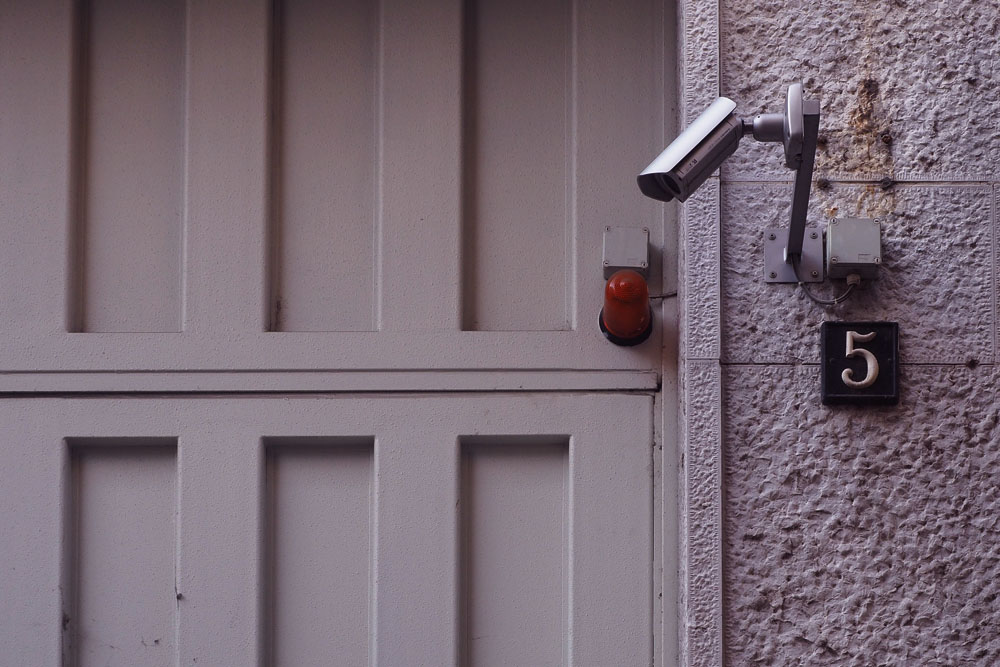How to Test Your Security System’s Alarm
 December 10, 2019 Blog 0 Comment
December 10, 2019 Blog 0 Comment There’s nothing worse than paying for a security system and not have it sound off in the event of an intrusion. Security systems are complex in nature and despite them being reliable most of the time, they can be prone to malfunctions if not maintained on a regular basis. No wonder security companies put a warning notice on their bills to remind homeowners to test their systems from time to time.
Testing your security system’s alarm ensures that your home is well-protected and everything is in good working order. But how do you test out your home security system alarm? And when is the best time to do it? In this article, we’ll be guiding you throughout the process of testing out your security alarm.

Why you should test your security alarm
There are a number of reasons why you should test your security alarm. First and foremost, you don’t know whether or not the sensors in your security system has stopped working. Unlike a car where you drive it everyday and you have a good feel for it when something’s wrong, your security system rarely gets used. Therefore, testing your alarm is a great way to know if there are malfunctioning devices that need to be addressed.. Other reasons to test your security are:
- A sudden power loss might have damaged the electronics.
- The wirings are loose and some devices might have been disconnected.
- To secure all entry/exit points in your property.
- To reduce the risk of the alarm system from failing.
You want every device/sensor in your security system to be working 24/7. Even a single defective sensor can provide an opportunity for an intruder to break inside your property and make a mad dash for your valuables.
Ideally, you should test out your security system at least once a month. Whenever you experience a power fluctuation or a power interruption, check the devices immediately to see if they’re still functioning.
How to test your security alarm
The easiest way to test your security alarm is by going through the control panel. The control panel is where you can perform a system test that detects which devices are working and which ones aren’t. The system will run a self-diagnosis and identify sensors that need to be addressed. Also, make sure the alarm itself sounds off when testing the sensors.
If your security system doesn’t support a system test, then you will have to test out the sensors individually. Here’s how to test them:
- Door and window sensors
To test out your door and window sensors, first close all the doors and windows. Open and close the door/window you’re testing and see if the alarm sounds off. If it doesn’t, then you will have to do a few close inspections.
If you’re using wireless sensors, check if the batteries have enough charge on them. If you’re using wired sensors, make sure the wires are connected properly to the control panel and there are no visible damages to the wires themselves.
Most door and window sensors use a reed switch and a magnet to form a circuit. The former attaches to the door frame and the latter attaches to the door/window. You want to install these components within close proximity to each other. Otherwise, they won’t work.
- Motion sensors
Motion sensors work by detecting heat waves from moving objects. To test out your motion sensors, activate the sensor and simply walk over the area it’s covering to sound the alarm. Make sure there are no obstructions in front of the motion sensor or else it will have a hard time detecting heat waves from intruders.
Refer to the manufacturer’s instructions to find out the optimal distance for your motion detectors. Some devices can detect infrared energy from 15 feet while others can detect it from 20 feet and further. Know the range capabilities of your motion detectors and set them up according to the distance suggested by the manufacturer.
- Glass breaker detectors
Testing out glass breaker detectors can be quite tricky. To do this, hold a set of keys while clapping your hand in front of the detectors. Glass break sensors listen for a loud thud that’s accompanied by a shattering noise, both of which are evidence of a forced entry. You can also play a video clip of a glass shattering to test the sensitivity of the sensor.
If it doesn’t trigger the alarm, you may have to adjust the settings or change its location to where there’s minimal to no ambient noise.
Requesting for technical support
You can always contact your security provider and have a technician inspect your security system to make sure everything is working and that the alarm triggers every time an entry/exit point has been breached. The technician will diagnose any problems with the sensors in your security system and address them immediately. Ideally, you should request for technical assistance at least twice a year to prevent any issues from compromising your home security.
Testing your security system’s alarm will go a long way towards safeguarding your property from burglars and intruders. Think about testing your security alarm like changing the oil in your car. If you don’t do it, your security system won’t perform at its best. You don’t want to leave even the slightest of opportunity for intruders to break inside your home, so make sure to include security alarm testing as part of your overall security system maintenance.
